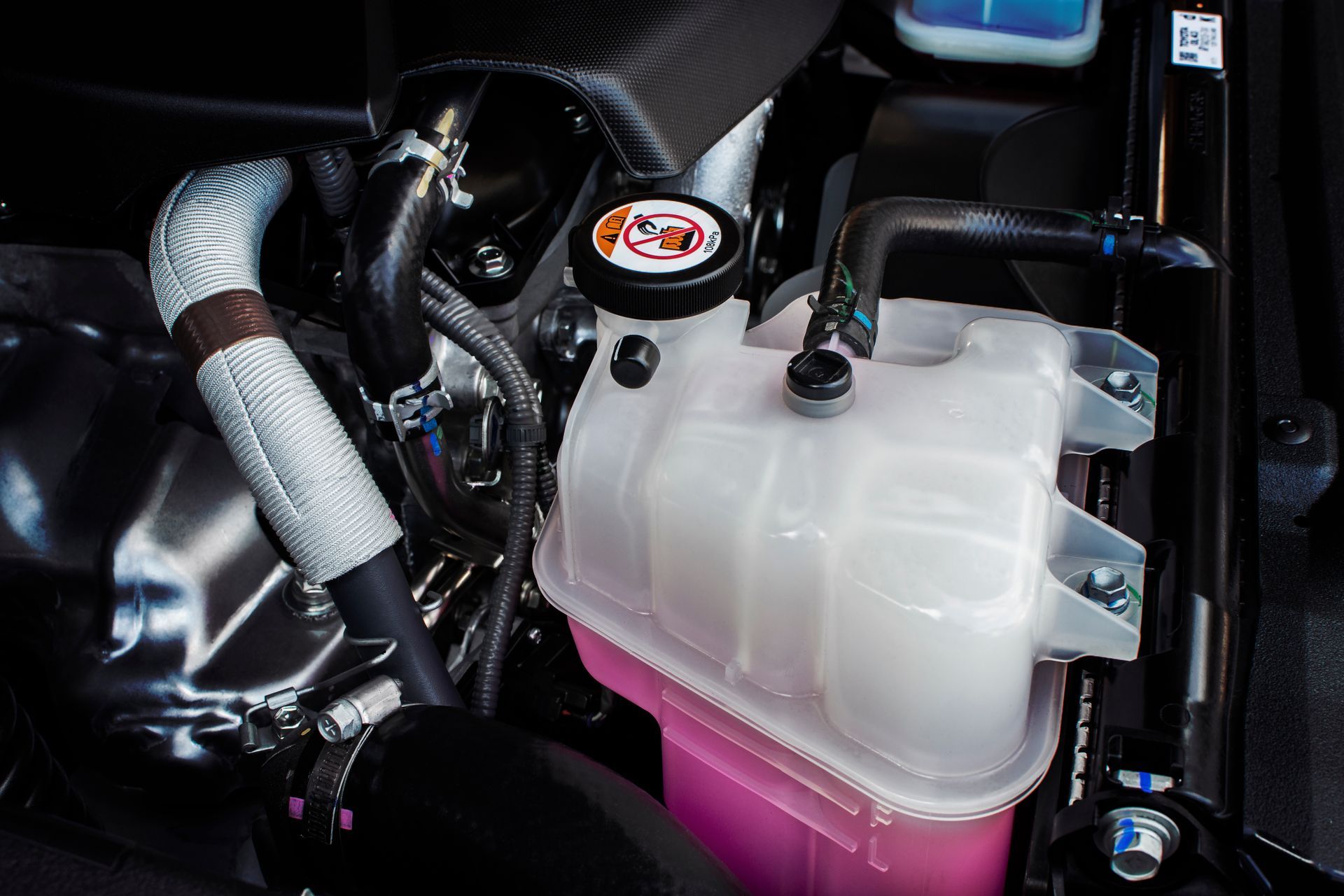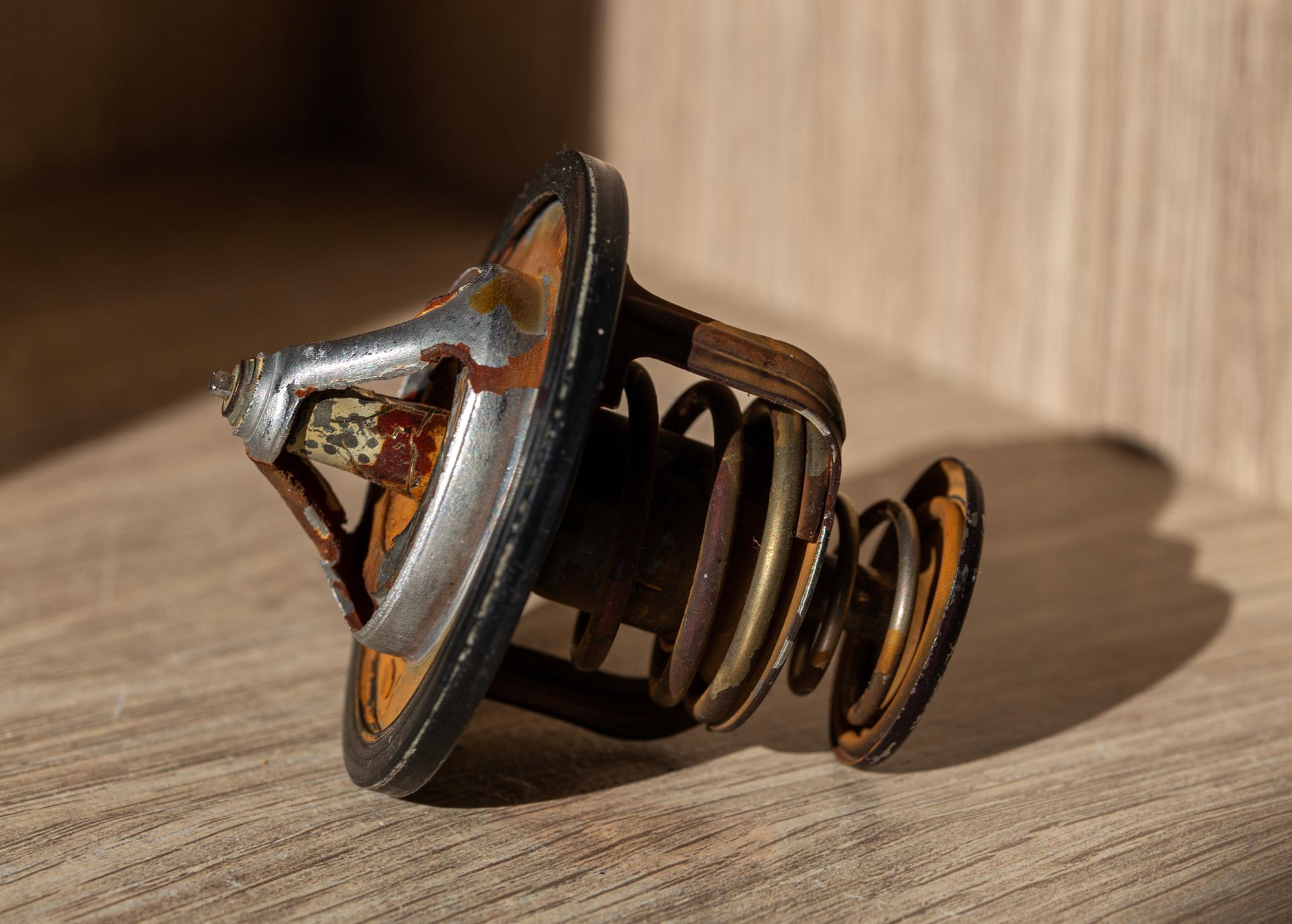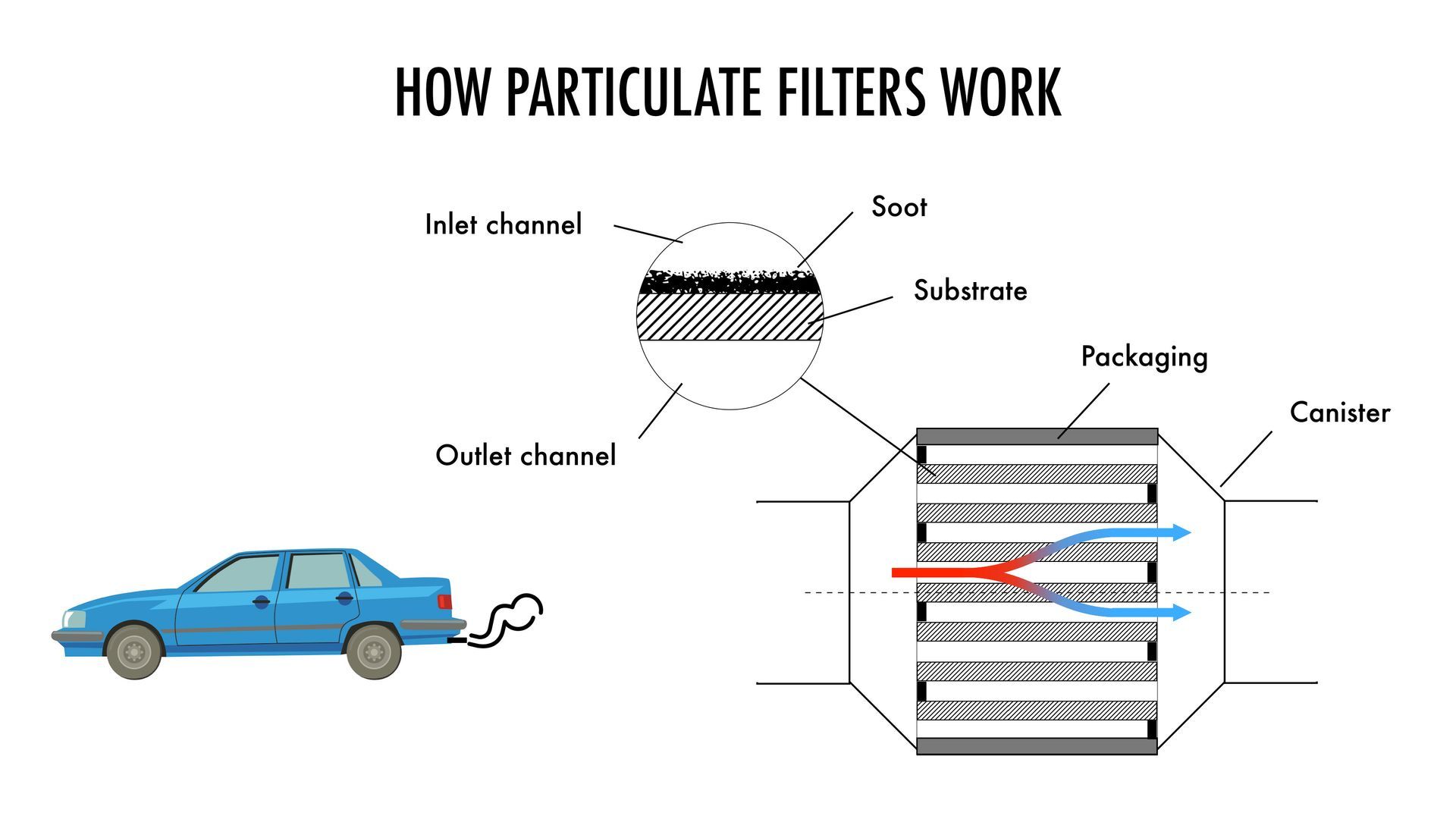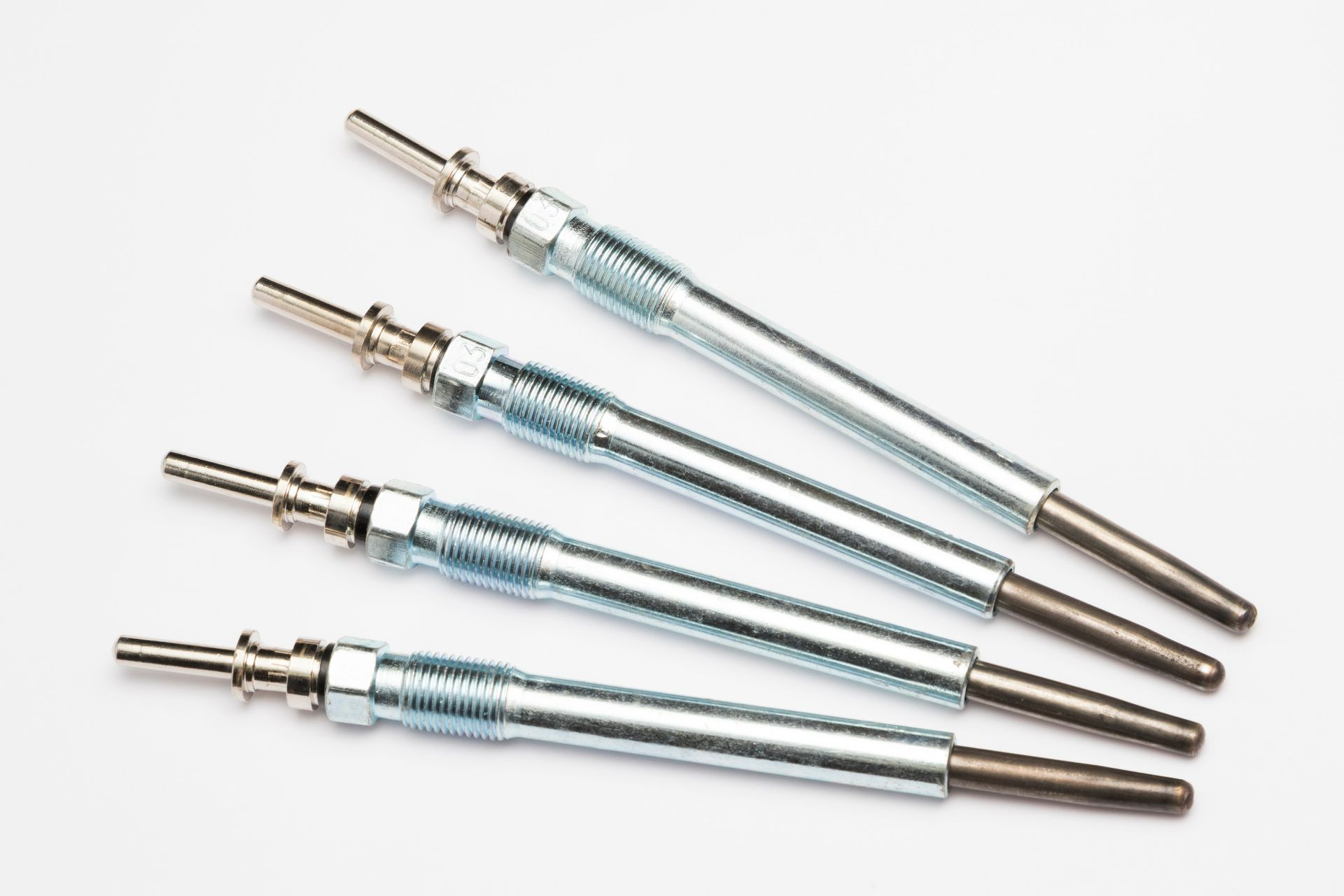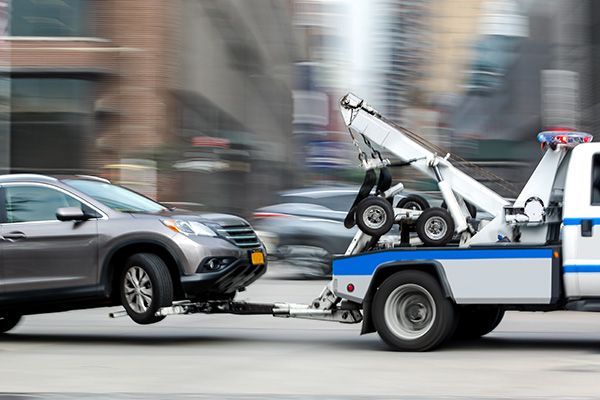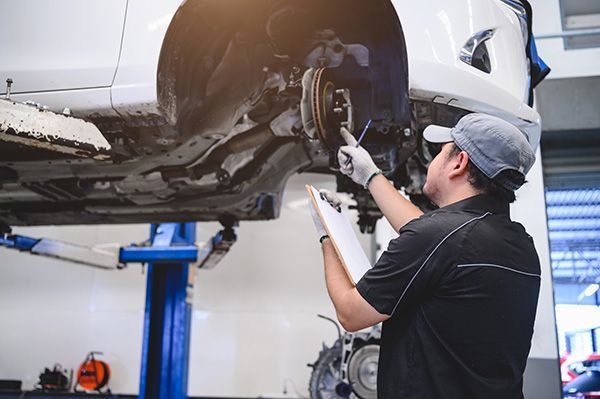If you’ve noticed an annoying whistling or whooshing sound when driving on the highway, you’re not alone. Many drivers assume it’s just the wind or road conditions, but that noise often comes from your vehicle’s aging door seals. Over time, those soft rubber strips that line your doors lose their flexibility and effectiveness—and that’s when the cabin gets noisier.
Let’s take a closer look at how faded or worn door seals contribute to wind noise, and what you can do about it.
What Door Seals Actually Do
Door seals, also called weatherstripping, serve two key purposes: they keep water out of the cabin, and they block external air and noise from entering. When they’re in good condition, they form a tight seal between the door and the body of your car. This not only improves comfort but also supports the efficiency of your climate control system.
Once the seal starts to deteriorate—either from age, sun exposure, or constant opening and closing—it can’t do its job as well. Gaps and cracks allow air to slip through at high speeds, which creates that high-pitched sound many drivers describe as a whistle or hum.
How to Tell If Your Door Seals Are the Problem
There are a few telltale signs that your weatherstripping may be to blame for increased wind noise. First, if the noise seems to come from one side of the car more than the other, that’s a strong clue. You might also notice:
- A visible gap between the door and the frame
- Cracked or brittle rubber around the door frame
- Water leaking into the cabin after rain or car washes
- The sound getting worse the faster you drive
You can do a simple test at home—close a dollar bill in the door and then try pulling it out. If it slides out easily, the seal isn’t holding tight, and air (and noise) can get in just as easily.
Why the Noise Gets Worse Over Time
At first, the noise might be subtle. You may hear it only at high speeds or when the wind hits the car a certain way. But as the seal continues to break down, the gaps get larger, and the sound becomes more noticeable.
In colder climates, rubber door seals can also shrink or harden in the winter, making the problem even worse during highway driving. And if your car has ever been in a minor accident—even a door bump or improper body repair—the door may not sit perfectly flush anymore, which can also lead to increased airflow and noise.
How to Fix It
If your door seals are just starting to harden, applying a rubber conditioner or weatherstrip protectant will extend their life and help restore some flexibility. But once they’re cracked, flattened, or falling apart, replacement is the only option.
Replacing door seals isn’t complicated, but it does require the right fit and careful installation to ensure a good seal. It’s one of those small maintenance jobs that can have a big impact on comfort—especially if you drive a lot at highway speeds or value a quieter ride.
Don’t forget: some wind noise can also come from windows that aren’t sealed tightly. In those cases, the window regulator or weatherstrip inside the door might need adjustment or replacement.
Proper Service of Baldwin Place – Quiet Ride Experts in NY
If your daily drive is getting louder and you suspect faded seals are to blame, visit
Proper Service of Baldwin Place, with locations in Baldwin Place and Croton Falls, NY. We’ll inspect your door seals, windows, and alignment to find the source of the noise and fix it the right way.

